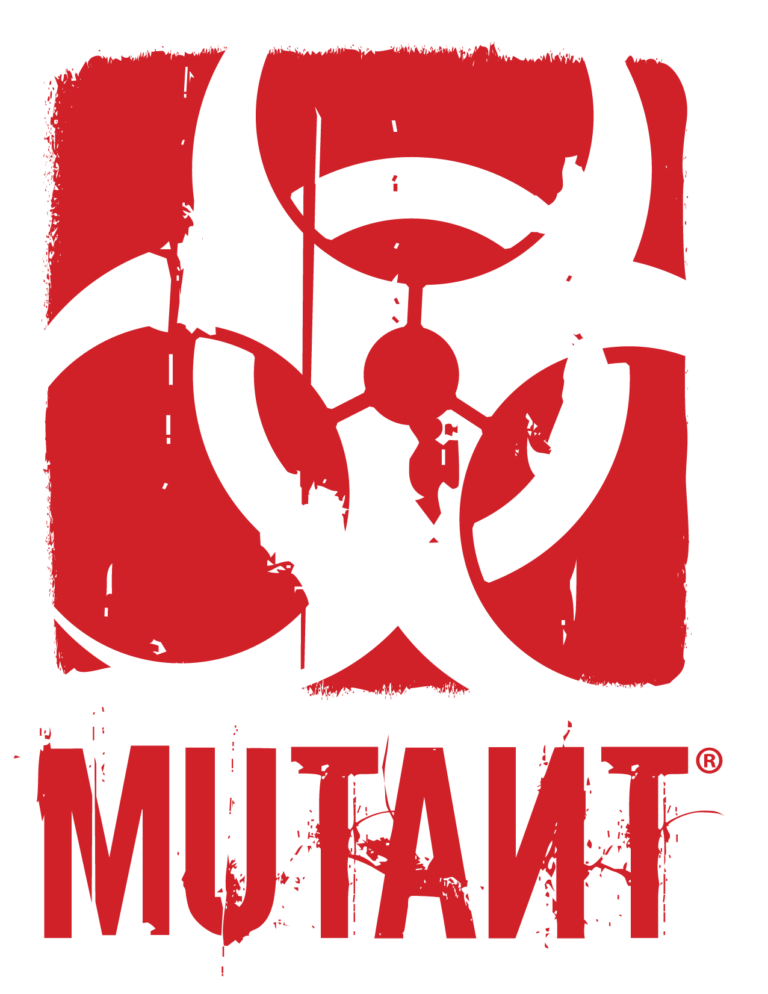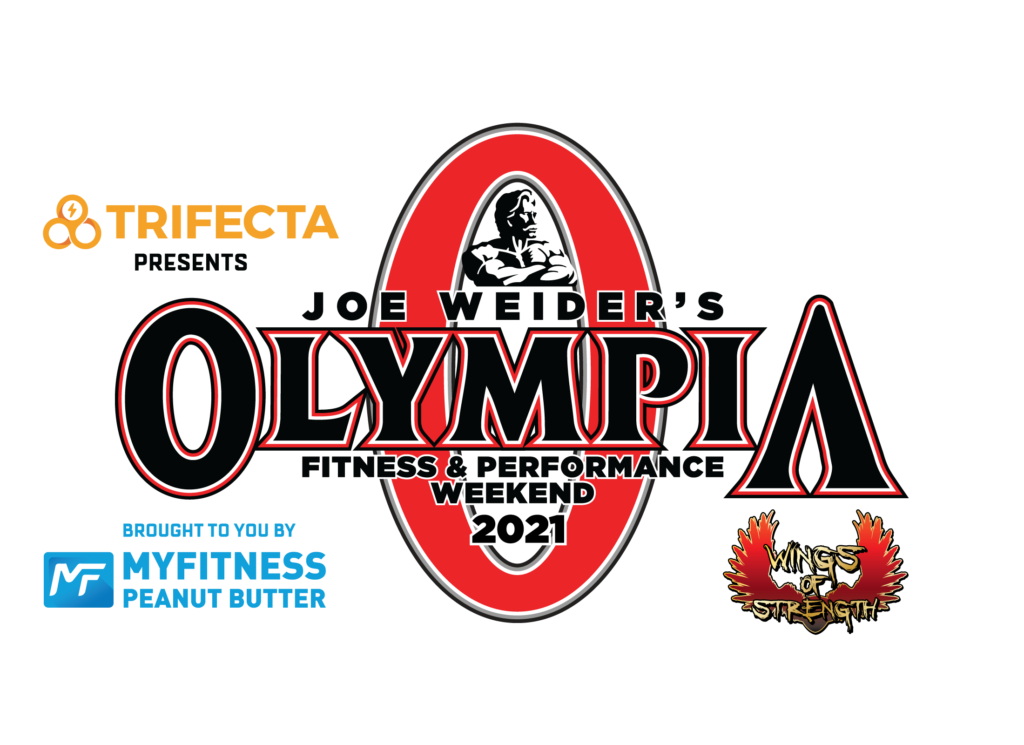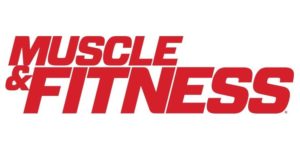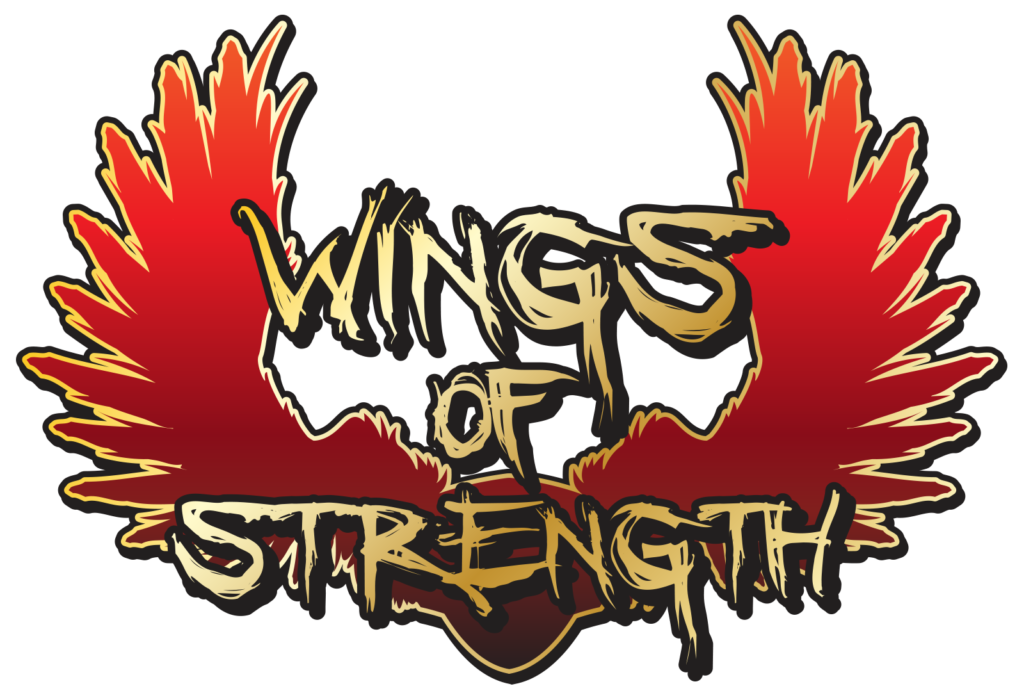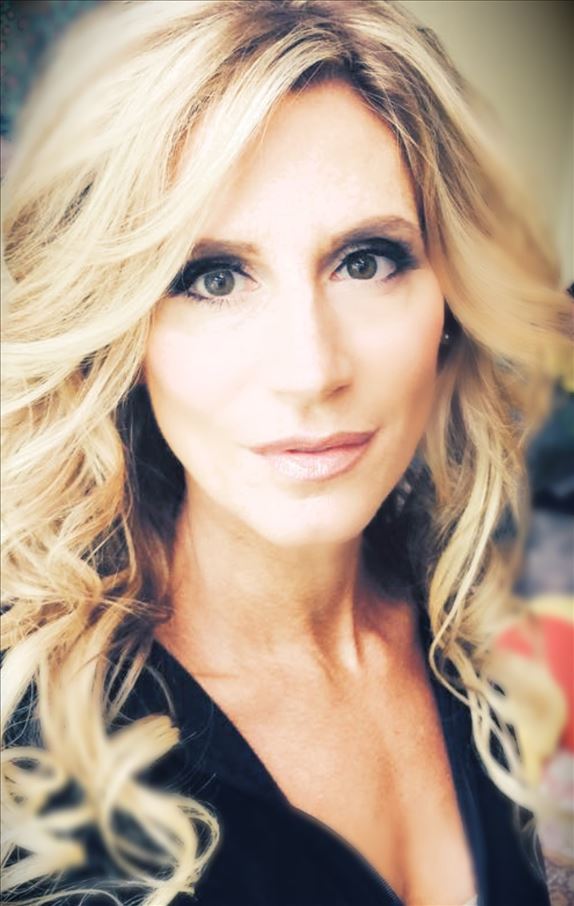
At the risk of sounding like a third grader, I dare you to take a pole class. Spinning around the pole, climbing up the pole, knowing how to shift your weight back and forth precisely to do a split upside down or a static hold. And that’s just the basic entry-level stuff.
When you are watching an amateur dance on the pole, you have absolutely no idea of how many hours of practice have gone into that two-minute routine. Yet I hear the same thing over and over when I tell people that I am a national pole-dancing judge: “Oh, you mean strippers?” Um, no. I mean, pole dancing, sometimes called pole fitness. Let’s talk about what are you are looking at when these hardworking ladies (and some men, too, but I’m talking about ladies) take their talent into competition.
Currently, there are several organizations offering pole competitions across the U.S. I am focusing on two that I know the most about—the oldest, the United States Pole Dance Federation, and the Oksana Grishina Pole Fitness Classic, promoted by fitness icon Oksana Grishina. I am not trying to discredit any other organizations. I am focusing on those two because I know the most about them. As a judge for the USPDF, obviously, I know how that organization works. As for Oksana’s events, if you are in the bodybuilding and fitness world, you cannot help but have the utmost respect for the four-time Fitness Olympia champ and four-time Fitness International champ, who remains flawless in anything she does onstage. O.G. Pole Fitness held two events in 2018, feeding athletes to the pole championships at the Arnold Sports Festival, and she brought pole competition to the Olympia Weekend. This season should be even bigger. The two groups reflect different approaches to pole competition. 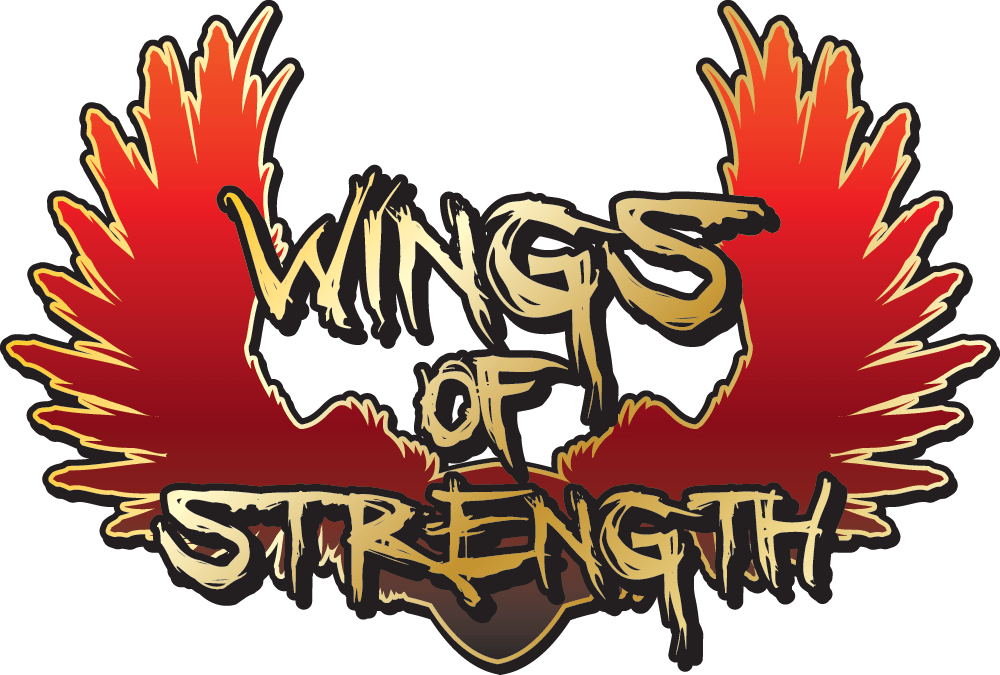
The USPDF features a sexier, dance-style presentation and routines performed in heels; their motto is, “The sexy, strong, sleek.” Oksana’s competitions favor more of a gymnastics style. Both require the same skill set—just presented differently.
See my interview with Oksana regarding her PG Pole Fitness competitions and what drew her to the sport at the end of this post.
Equipment for Pole
The USPDF and the O.G. Pole Fitness use the same equipment. The stage is set with two poles, a static pole and a spinning pole. Competitors must use both poles and dance their way from one pole to the other. That part of the routine is also scored. The two poles are completely different apparatuses that require different skills. To succeed at pole, you must be a master of both.
What the Judges Are Looking For
Each organization has its own scoring system. USPDF judges consider style of dance, flow, and movement, among other factors; however, if you have a background in other areas, it is not difficult to see how someone with talent scores very high while someone may be very good but have room for improvement. With my background in design, I often find myself looking at the competitor’s costume. The eye should see one line; for example, the line of a nude or skin-colored leg. If someone wears a black ankle strap on a skin-colored leg, it breaks the line in my long view of the leg. I may not score her down, but I will definitely comment that she should make an improvement. It can cost her being an overall winner, just as I feel it costs someone in fitness or bodybuilding if she chooses the wrong suit. If you break a line and it does not showcase your physique, someone else may look better—even if your physique is actually superior. You must catch the judges’ eyes right away.
To give you an idea of the skill and practice required to master the pole and compete, here’s a rundown of the moves USPDF pro athletes must perform.
USPDF Pro Compulsory Moves
1) Spin on static bar: Body Spiral into Trap Grip
To make a spin on static bar look effortlessly graceful, yet powerful, requires countless repetitions of practice. A spin like this encourages dancing around the base of the pole, and the USPDF puts a lot of emphasis on the dance aspect. On top of all that, spinning on a static pole in 6-inch-plus heels takes a VERY special skill set. Pushing off the floor in 6-inch platforms can be nearly impossible for some. It requires better timing, more core strength, and more precision in grip preparation into the spin.
2) Inversion and backbend: Inside Leg Hang Cocoon
This move can be done on spin or static bar. It demonstrates back, hip and shoulder flexibility. Your grip must have stellar muscle memory in order to do this move safely. It takes much practice to be able to perform the transitions in this move seamlessly.
3) Pro inversion and split: Twisted Sister
This move is done on spinning pole, with the top foot a minimum of 1 foot away from the pole. You have to complete one full revolution. The challenge is not just to get that full flat split but to do it on spin pole. It requires great flexibility in the hips, shoulders, hamstrings, and quads and endless amounts of courage. Nothing will make you feel close to having a near-death experience like the Twisted Sister.
4) 30 seconds of consistent spin pole
This puts the pressure on the athlete to do a well-rounded pole dance performance using both of the poles.
5) Pirouette
This move is required as part of the dance element, basically to complete a minimum 360 degree turn with one or two hands on the pole and one or both feet on the floor.
6) 20 seconds of continuous floor work: dancing off the pole
This can include dancing upright or on the floor, but you cannot touch the pole during the 20 seconds. Floor work is a great compliment to pole dancing. It requires tremendous skill to make things look effortless and fluid. Again. lots of practice time is required to master the skill of gliding around the floor like a breakdance, especially in 6-inch heels.
Routines
All professional athletes in the USPDF must perform a 90-second compulsory routine and a 3.5-minute optional routine. Each makes up 50 percent of their total score. Because USPDF embraces the sexier side of pole, the compulsory routine must be performed in 6-inch heels or higher. In the optional round, competitors can choose to be barefoot or in high heels. The compulsory round puts all the athletes on the same playing field. The optional round gives the athletes the opportunity to showcase their personality and individual style. nCompetitors should aim for a well-balanced pole routine and a show-stopping performance, done while maintaining immaculate technique and timing.
It’s a simple formula: dance 60% + 40% pole acrobats = a well-rounded pole dance performance.
Oksana Grishina on O.G. Pole Fitness
How did you get started in pole?
I decided to use a pole for my fitness routine in 2014, the year I first won the Arnold Classic-Fitness International. That was the first big victory in my fitness career, and I got support from pole athletes around the world who appreciated that I showed pole fitness on the big stage. I fell in love with the sport and wanted to help make it a part of the larger fitness world. After my victory, the Arnold organization brought pole fitness to the bodybuilding-and-fitness main stage. and I was honored to be the first who brought attention to this new brand of fitness.
Does someone have to have a fitness or gymnastics background to do pole?
Of course, some background could help, but it’s not necessary that competitors come from fitness or gymnastics. Even for someone like me, having that background, it takes a lot of work and time to learn pole, as there is specific technique.
That’s what I like about this pole sport—anyone can learn it, as you have to learn the basics first and start from scratch.
What are the different levels in Oksana Grishina Pole Fitness contests, and what are the requirements in each level?
We have: Novice (2 years’ experience), Women’s Advanced (2-plus years’ experience), Men’s Division (all experience levels), and Masters Division (co-ed, 40-plus years old)
Any age and experience levels are welcome to compete. The most important thing is that we include a physique round in every division in OG Pole Fitness competitions. For pole fitness to represent in the bodybuilding and fitness world, it’s important for the athletes to look fit and athletic.
I love fitness because it’s a way to express myself as an athlete and as an artist. I see pole fitness the same way—as a beautiful mix of creativity, athletic performance, and athletic look. That way pole fitness will inspire more people not just to learn some new moves but also look fit and athletic.
What advice do you give someone who wants to start in pole?
Just do it and celebrate every new move you got.
Everything you do on stage looks so easy! I know that is the sign of a true professional, and I mean that as the highest compliment. I am sure there is one pole move that was the hardest to learn for you. What was it?
Thank you! I’m still in process of learning, but, actually, none of the moves were easy for me to learn. Its always scary the first time, but practice makes improvements!

Nancy Noreman has been immersed in the fitness industry for more than 25 years.
Her unique perspectives, coming from her experiences as a supplement maker, media host, fitness model, trainer, designer, author and wife to one of the brightest minds in the sport, has made her a keen observer of all facets of the fitness lifestyle. Formerly the owner of Nuclear Nutrition, Nancy is also a judge for the United States Pole Dance Federation (USPDF), as well as a trusted insider on the bodybuilding scene.


